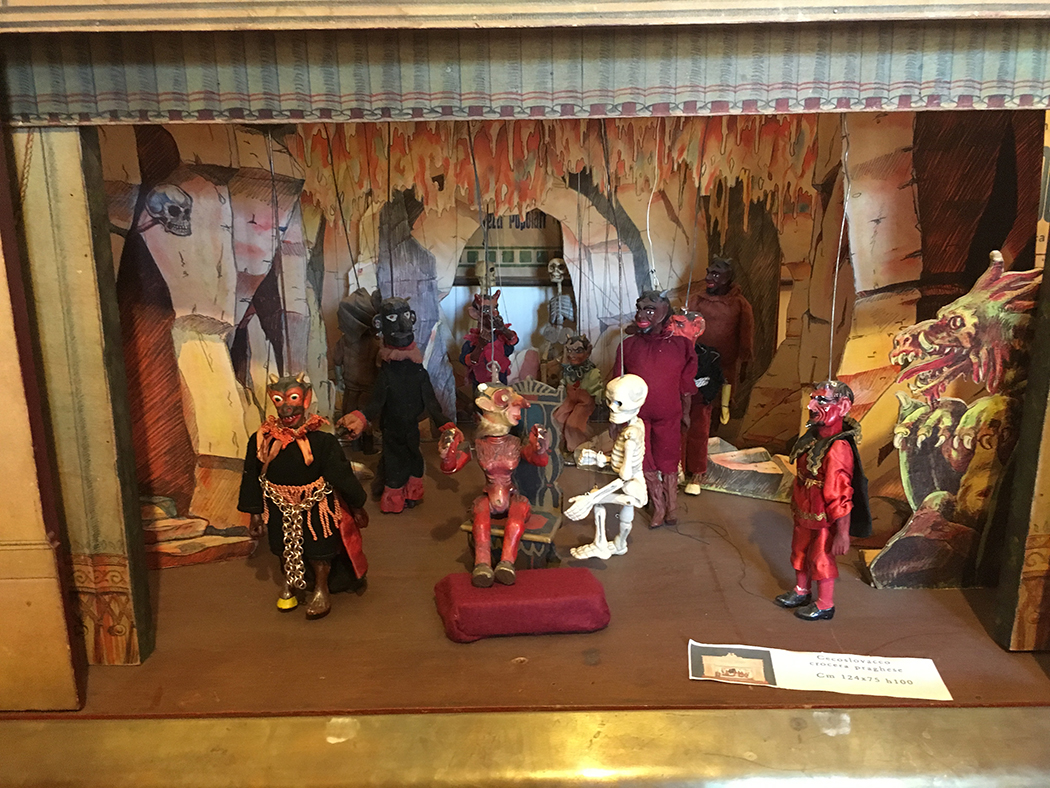In the historic centre of Torre Cajetani, the Museum of 'Operetta houses one of the most amazing collections of puppet theatres with puppets, hand-made from 1600, which includes more than fifty puppet theatres, painted according to the artistic currents of the era such as Baroque and Neoclassical.
We can talk about a true art form and artistic craftsmanship: from the creation of puppets to the puppet theatre and theatrical decoration. Some have ingenious techniques for changing scenery, others have studied costumes in detail: building a miniature theatre was a work of art.
The name 'puppet' has a particular origin that dates back to a legend of Venice. Around the year 1000, 12 girls were saved from the pirates and in their honour a party was organized in which 12 richly ornate girls paraded through the streets of the centre. To save the image, it was decided to make carved wood statues, called 'Marie', which were then reproduced on a smaller scale and called 'Marionettes'.
The theatres spread first in the noble houses around the seventeenth century when in Paris the theatre of the Nicolet family was born, which was surprising for some exceptional solutions. It is in Northern Europe that the Puppet Theatre spread until by the nineteenth century it had become a kind of entertainment of the new bourgeois class.
The theatrical collection of the Museo dell'Operetta of Torre Cajetani differs in manufacture and period of belonging but with the common purpose of entertaining the spectator for a short but lively show.
One of the best examples of models is the seventeenth-century Prague theatre with a front decorated in especially lively colors. This puppet theater is among the largest in the collection and could accommodate more than ten puppets in the same scene, the shows then had their own screenplay and were not improvised as puppet shows or as Commedia dell’Arte.
A puppet theatre of this magnitude could change, not just the background scenery, but also the lateral scenes, thus giving the possibility of changing the setting countless times.
Another very special theatre that reveals the variety of subjects is that of Inferno - Hell, where the scene is animated by skeletons and devils that seem to argue about the final destination of souls.
The collection is enriched by some pieces of the Neapolitan tradition with the inevitable Venetian tradition of Pulcinella with Arlecchino.
The collection was created from the passion of Sandro Massimini, the famous Italian operetta singer who had collected them throughout his life. The exhibition path extends throughout all of the floor inside the eighteenth-century Palazzo Culla in the historic centre of Torre Cajetani, and is divided into ten rooms.
Each room is filled with testimonies of this theatrical genre and the history of Operetta in the world.







Follow us